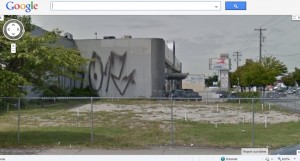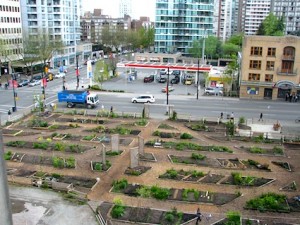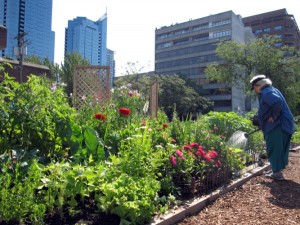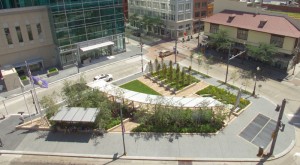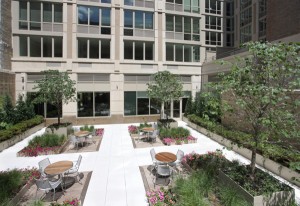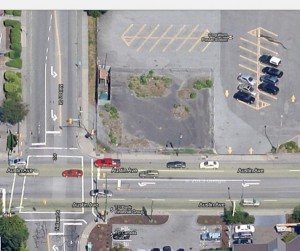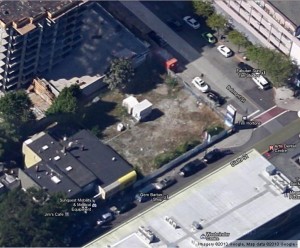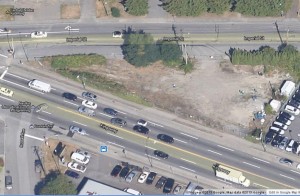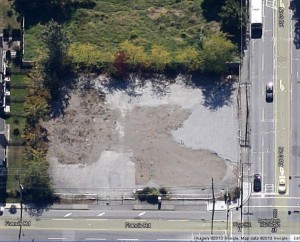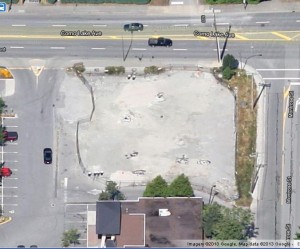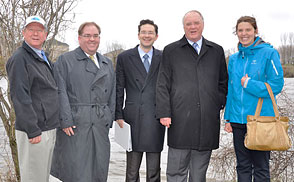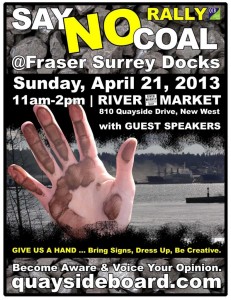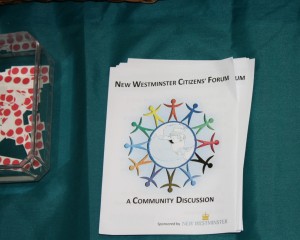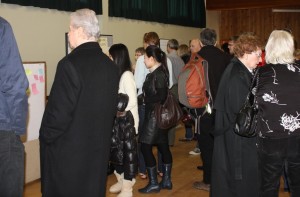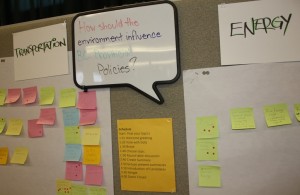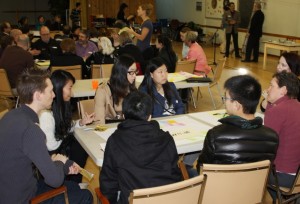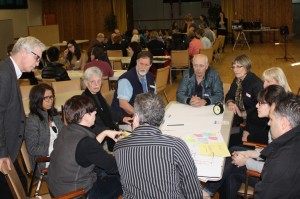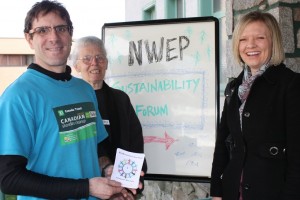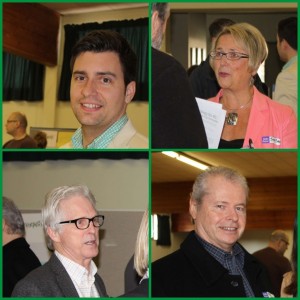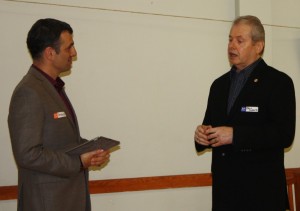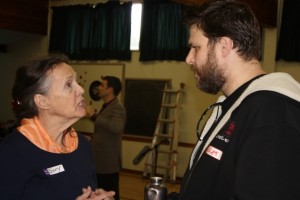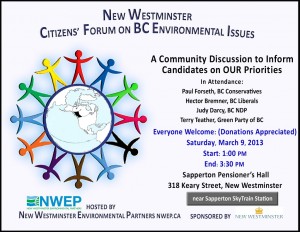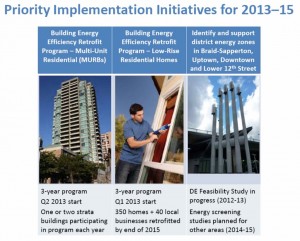Thursday Night, there is a Community Open House to discuss the proposed addition of a coal terminal at Surrey-Fraser Docks. This one featuring City Officials, no less than 2 (two!) Members of Parliament, a Member of the Provincial Legislature, and and array of energy, health and environment experts.
I have already opined once on this topic, but it might be time for an update.
You might have heard about this issue. Local Candidate-in-Waiting James Crosty has been characteristically outspoken, the Quayside Community Board has raised concerns, as have the NWEP, and others during a recent public rally on the topic. Now, the City of New Westminster has officially opposed the project until come concerns are addressed.
In direct opposition to the City’s elected officials and the vocal portion of their customer base (but toeing the line of the Surrey Chamber), the New Westminster Chamber of Commerce just released a presser indicating their support for “environmentally sound coal shipments” – apparently unaware of the oxymoron contained within that phrase.
Nothing about the shipment of coal is environmentally sound. Simply put, this bituminous coal from Wyoming (Montana?) represents the dirtiest energy available to mankind, and is a small piece in the Global Climate Change Problem. This is not high-grade anthracite coal used for making steel that we can beat into ploughshares, this is scrubby brown coal that will be burned in a power plant somewhere in the far east to produce electricity or steam cheaper than the same energy can be produced by more sustainable means. The annual greenhouse gas and climate change implications of burning this much coal (not including the extraction or transportation impacts) will be equivalent to 200x the annual GHG output of the entirety of New Westminster – all the homes, businesses, cars and industry combined.
Port Metro Vancouver (the only legislative oversight body involved here, and therefore the party we are talking to when discussing this project) and Fraser Surrey Docks simply brush these greenhouse gas concerns away – the coal will not be burned here, therefore it does not count in “our” greenhouse gas accounting. This is the same argument being made by proponents of the Northern Gateway Pipeline and the Kinder Morgan Pipeline expansion. This argument is also used by Christy Clark at al. when talking about LNG exports, despite the fact the most damaging GHG impacts of that project will be released right here in BC, and not at the eventual burning site. Without getting too sidetracked by that particular lie- the central argument is ethically compromised.
A simile one could apply is the street drug trade. If one does not manufacture Crack Cocaine, and one does not smoke it, there is no reason we should restrict the business growth that comes from selling it. Hey- I’m just moving this stuff offshore (or off the sidewalk) to people who want it- I’m not responsible for where it goes! Why should we stop the job-generating resale of Crack Cocaine?
Another more direct comparison is to Canada’s asbestos industry. Canada banned the domestic use of asbestos decades ago because it apparently killed people. However, Canada has refused to ban the mining and export of the material to the Third World – even going so far as to lobby the UN from officially recognizing the scientifically-established cancer-causing properties of the material. The Harper Government(tm) was even willing to subsidize the industry in a couple of important Quebec ridings, until the newly-elected Quebec government shut that shit down.
Similarly, this crappy coal from Wyoming (Montana?) would never be burned to make electricity in BC, it is actually illegal for BC Hydro to burn this stuff because of the nasty environmental impacts. Yet, we are willing to transport it through our Ports, have it do it’s environmental and social damage elsewhere, and take our skim off the top. In this case, the skim is 50 jobs. Does that sound like an ethical approach to business? Does this sound like “environmentally sound coal movement?”
Much like the oil pipeline and LNG examples, the increase in coal export flies in the face of BC’s claims to be a “carbon neutral” province, or that because it has a neutered Carbon Tax, it is a leader in Climate Change Policy. Currently, According to the Government of BC oil, gas and coal represents much less that 2% of BC’s GDP and well less than 1% of employment – it is a minuscule portion of our true economy. Yet, we are being told that unfettered support for these industries is fundamental to the future or our Province’s economic survival. Some have suggested we are betting a lot on a pipe dream.
The reality is that these activities are threatening other sectors of our economy: fisheries, farming, forestry, tourism, manufacturing, etc. The Petro-economy is impacting our dollar which challenges all other industries, while the science-stifling required to support the industry is hurting our global competitiveness and global reputation. Climate change is threatening our salmon, and has already decimated our forests. We plan to displace farmland in order to provide electricity for carbon extraction and refrigeration, while depleting and fouling the water supply we need to keep agriculture viable in our interior valleys. This will, in turn, make us more dependent on food imports, push up healthcare costs, and turn SuperNatural British Columbia into something we may not recognize.
Of course, this isn’t all on Fraser Surrey Docks, or even Port Metro Vancouver. They are just the current active front in a larger battle for the future of our Province’s economy, and the local focus in the discussion about the future of our planet’s climate. Are we going to become a hydrocarbon-exporting Province as our main industrial activity? Are we going to continue to ignore the global implications of our unsustainable business practices? Are we going to continue the drift from a world leader in Environmental Protection to an embarrassing laggard? Who the hell is making these decisions, and why?!
That is why this little port approval process is bringing together elected leaders from Municipal, Provincial, and Federal levels to lead a public discussion on what it all means.
I’m suggesting you show up. It should be interesting.
You can even watch it live on your computer at Newwest.tv. We truly live in the future, let’s start acting like it.
